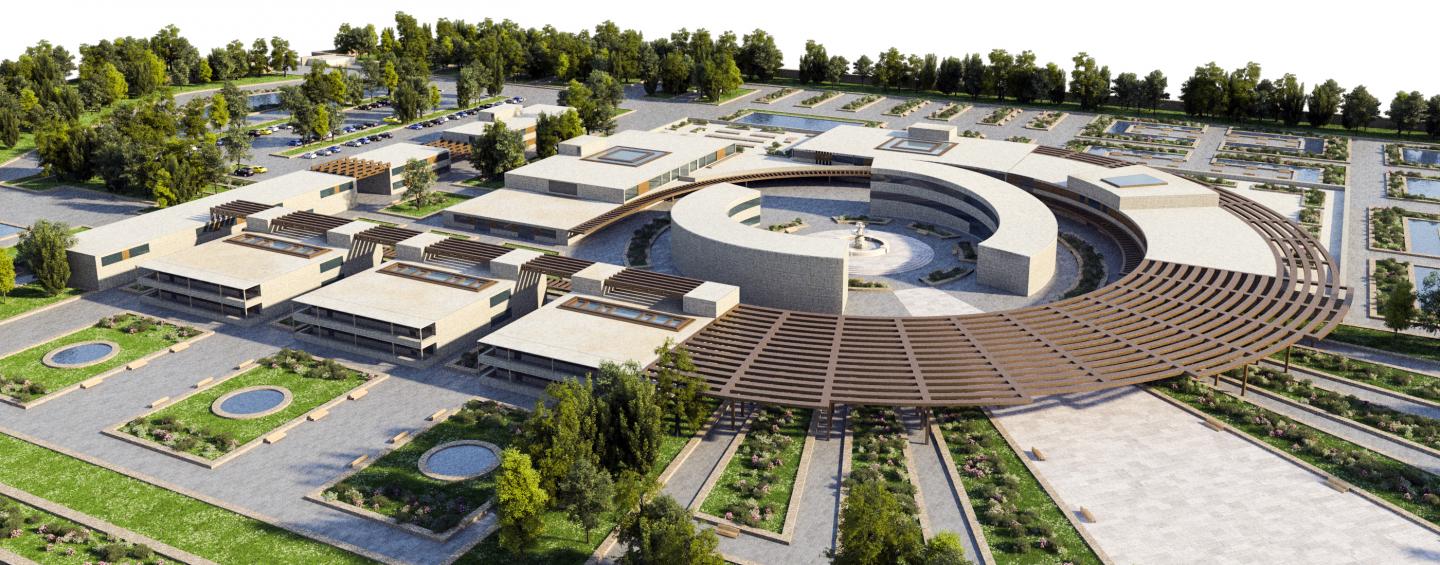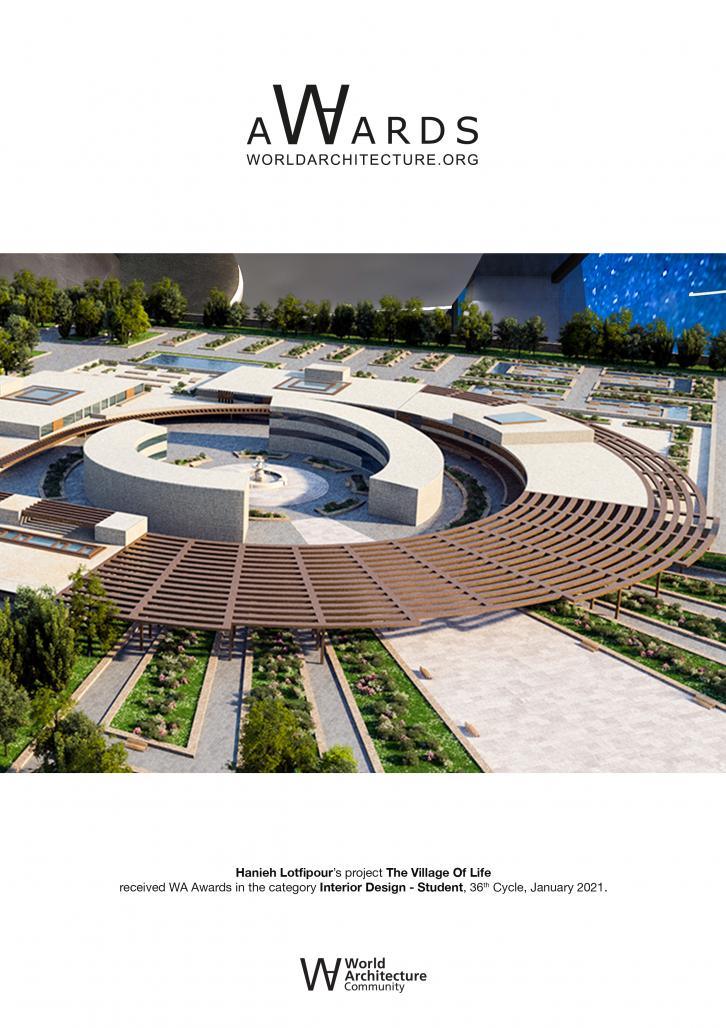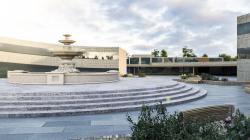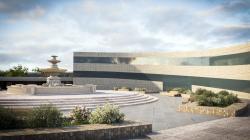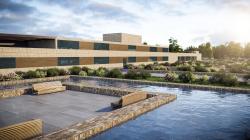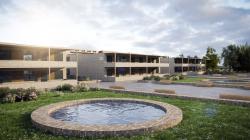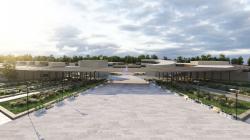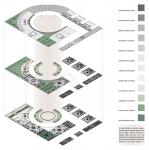Old age is the last stage of human evolution and transformation in which a person accepts himself as he is and accepts the unique feature of his life. It is at this time that man enters a kind of philosophy of life and death that prevents him from drowning in despair and futility. At this stage, a successful person is one who can maintain his life satisfaction despite the gradual weakening of physical forces and an increased sense of reliance on others.
Many people consider aging and related physical and psychological changes as a kind of deterioration and an unpleasant phenomenon if it is possible to slow down the process of physical loss with prevention programs and treatment measures. In addition, some age-related changes may even be desirable. For example, with age, many chronic allergies and headaches either decrease or disappear altogether. The risk of acute illness decreases proportionately with age in men and women. Because the percentage of acute diseases in young people is 3.5 times higher than the elderly. The risk of serious illness in the elderly is half that of the middle-aged, and in the not-too-distant future, with the advancement of medical science and the improvement of the environment, the condition of the elderly will improve. The elderly may become physically weak, but they become more psychologically perfect. Over time, our internal and psychological factors gradually change and we are able to adapt to social and economic conditions and achieve relative peace and stability while gaining a more complete insight into our lives and endeavors. We do. Research shows that older employees love and care more about their work than younger people. They are more motivated to work and more important to work ethic. The elderly seem to be more satisfied than the young, both in terms of work and personality.
Social status of the elderly :
The way people deal with the phenomenon of aging is different according to the culture of different societies. In some cultures, individuals gradually withdraw from social life, and society excludes them, such as primitive tribes, some of whom killed the elderly to escape the suffering of life. But in some other cultures, by giving a new role to the elderly, they are faced with a new period of activity and satisfaction. In such cultures, the elderly play a managerial and advisory role in various matters. A situation that was common in ancient Iran and in the past in many other countries.
In ancient Iran, due to the cultural and religious beliefs of the people and the prevailing family structure, which was generally a large family (three generations under one roof), the elderly had a special value and prestige. In ancient Greece, all city council members were elderly. In Rome and Amman, too, authority and power were with the elderly, and in China, the elderly were at the highest point and at the peak of power. Jewish tribes also had great respect for their elders. In general, it can be said that the elderly had a high social status in the past because they were considered to be the bearers of knowledge and experience. Industrial life destroyed the spirit of respect for the elderly in communities. In fact, at one point in time, people thought that because the world was evolving and world science was increasing day by day and the elderly, who were once considered the treasures of science, were behind the caravan of science, they no longer had any value or credibility. Therefore, they were quickly excluded from society and lost their respect and value. This happened in many industrialized countries at the same time as the advancement of science and technology. In industrialized countries, for many years, the elderly lived with the wrong thinking of society about themselves. Because the entry of industry into Iran occurred much later and more slowly than in industrialized countries, consequently the decline in respect for the elderly and their exclusion from the society also occurred much later and more slowly than in industrialized countries.
The social status of the elderly in today's society
In the past societies that paying attention to the elderly was one of the values of those societies, old age and old age not only did not have psychological stress for the elderly but also created a kind of dignity and pride in the elderly. But the misconceptions that arose about the elderly at the same time as the industry entered were negative thinking that continues to cause problems in many advanced and developing industrial societies. Are, directly or indirectly, dependent on society's view of aging. Numerous studies show that at all age levels there is a negative view of the elderly, and in most parts of the world, traits are attributed to the elderly that not only contradict the spirit of the elderly, but also these traits themselves sometimes contradict each other. In industrialized countries, the elderly are generally portrayed as frail, sedentary, and ill, which creates a misconception of old age in the minds of the general public, especially children. The quality of life of the elderly is also greatly influenced by the attitude of societies towards the needs of the elderly. In most industrialized and developing countries, the misconception of the imminent and imminent death of the elderly hinders planning to increase the quality of life of the elderly. In most of these countries, governments provide support to children, mothers, and adults who are still economically active and do not pay enough attention to the needs of the elderly. What has been said so far is in fact the path that all industrialized and developing countries have taken or are taking, and depending on the degree of industrialization and the degree of negative thinking towards the elderly, they have experienced parts of it. But what happened after these steps in some industrialized countries was that the elderly of these countries realized that society considered them second-class citizens, and so gradually formed groups, and in many cases even young people. They sought help to support themselves and, with the intention of creating a positive mental attitude in society towards the elderly and combating negative stereotypes about them, organized local organizations in different parts of a country to support the elderly. Despite the above efforts, although in some industrialized countries many facilities have been provided for the elderly and they are physically and physically well-off, they do not receive the necessary emotional attention from society and still see the effects of negative thoughts about the elderly on people's behavior. it is possible.
Design solutions to strengthen social interactions :
In order to promote intergenerational interactions in this village of the elderly, the need to promote social interactions, especially between the elderly and the young generation is seen as significant. One of the most important principles for achieving social stability and strengthening social interactions in collective open spaces is an emphasis on the density and cohesion of spaces, pedestrianism, and sociability.
Density and coherence of spaces :
When buildings and spaces are spaced far apart and entrances are far apart, people and activities disperse and social relationships expand. Gathering people in space and time is a prerequisite for all events, but what activities can be expanded is more important. In this regard, the quality of different parts of the external environment plays a critical role. If the spaces are attractive for walking, standing and sitting activities, a wide range of other activities (games, sports, social activities, etc.) will be a good ground for growth.
Pedestrian :
Walking is the most important opportunity to observe places and activities and feel the excitement of life and discover the values and attractions hidden in the city environment. This phenomenon is important in terms of perceiving spatial identity, feeling of belonging to the environment, and receiving beauty. Has a basic. Especially due to the characteristic of human scale and creating dynamism, it helps to increase social interactions in urban spaces. Pedestrian and rider movement, due to its different speeds can not be integrated into one space, so having hard or soft borders to separate these two activities is necessary to pedestrian movement safely and easily. As a result, maintaining the importance of the pedestrian is the first step in encouraging him to participate in public activities.
Sociability :
According to Lars Lorap, creating a public space that welcomes different people should have the following factors:
1) Providing territory, security, coherent structure, continuity, legibility, and predictability of spaces
2) Existence of appropriate facilities in space, responsiveness, comfort, and environmental comfort
3) The amount of information, environmental excitement that requires the existence of dimensions such as complexity and mystery, education, diversity and contrast, selection, solitude, and attachment in space.
Design solutions to strengthen social interactions in the nursing home village :
In order to achieve the goal of promoting intergenerational interactions in a space such as a nursing home and the continuation of the above-mentioned topics, important key points can be considered in its design, some of which will be briefly mentioned:
1) It is better to consider the general space of this complex as a small village in which people of different age groups are present.
2) The form of the building should be in a way that is in harmony with nature and the surrounding natural texture, which is considered a cozy and calm space, and people are drawn into it.
3) Use simple and light forms to increase the sense of security and peace.
4) Increase the sense of intimacy by lightening the space.
5) Use materials that are compatible with nature.
6) Encourage people to attend the collection by placing recreational uses in the right axis.
7) By placing the volume or German as a sign for outside the collection, to differentiate the building in the environment and draw people's attention to it.
8) By increasing the collective spaces and their area, we make it possible for different people to be present along with the residents of this village.
9) The construction site of this complex is located in the recreational axis of the city in order to increase the possibility of the presence of the young generation in this site by itself, in addition to increasing the sense of the vitality of the elderly.
Finally, we point out a few functional physical points to enhance the level of intergenerational interaction in the nursing home.
Design idea :
If we look at the nursing home in a meaningful way, we will find that a nursing home is a place for the elderly to live and live for the rest of their lives, so we must consider all the points that are for their comfort to know it as their home and design a place. Let them not feel lonely there after a while and do not suffer from monotony and depression. Enjoys. Also, creating employment opportunities commensurate with the ability of each elderly person, as mentioned, causes them to be able to maintain their life satisfaction despite the gradual weakening of physical forces and increasing the feeling of reliance on others.
The general idea of this project is socialization, especially for non-residents to promote intergenerational interactions.
2020
0000
Features of the desired design :
Here are some of the special features of this collection:
1) This complex is intended as a village for the elderly in which non-residents are present and are part of the daily life of the elderly.
2) The heart of a set is a current complex whose form is like a symbol for a set.
3) Residential areas are located around the commercial area.
4) In this complex, units are provided for married elderly people to be able to live with their spouses.
5) In each residential building, the entrance lobby has a central atrium that the use of natural elements such as water and plants induces the feeling of a small garden.
6) Residential rooms for the elderly are located on the first floor, which is a large part of the first floor is dedicated to public living.
7) All bathrooms have a separate toilet and bathroom.
8) There is a doctor in each residential building to convey a sense of calm to the elderly.
9) In this complex, there is a very large greenhouse, each part of which is the responsibility of an elderly person.
10) A green roof is installed on the roof of the greenhouse.
11) In this complex, a well-equipped treatment and rehabilitation area has been designed, which is separate from the residential area to calm the elderly.
12) In the cultural and entertainment field of this complex, there are cinema halls, restaurants, libraries, etc. for public use, which provides the ground for creating employment for the elderly in this complex.
13) In the center of this complex and at the end of the entrance of non-residents is a large fountain to induce a sense of connection with nature and a sense of belonging to the place.
In this complex, light roofs are installed to be covered with materials such as glass, etc. in cold seasons and to define winter passages.
Hanieh Lotfipour
Mohsen Kheirmand Parizi
Seyed Mohammad Hossein Rahmati
The Village Of Life by Hanieh Lotfipour in Iran won the WA Award Cycle 36. Please find below the WA Award poster for this project.
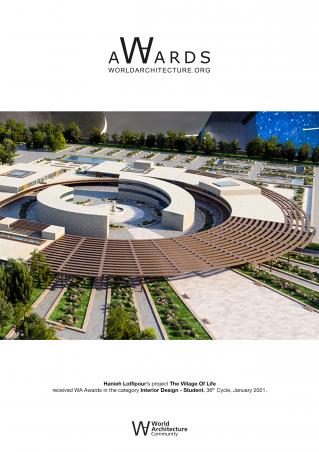
Downloaded 7 times.
Favorited 8 times
